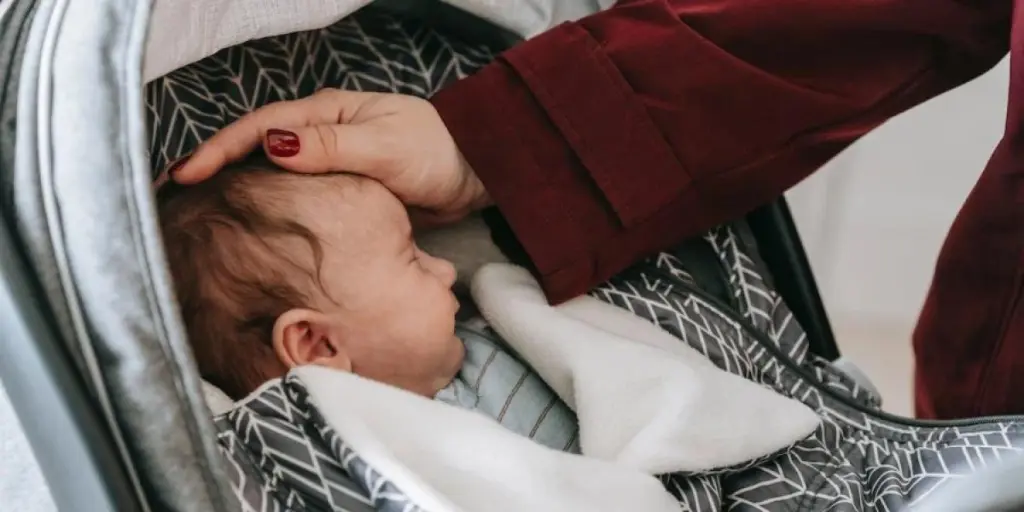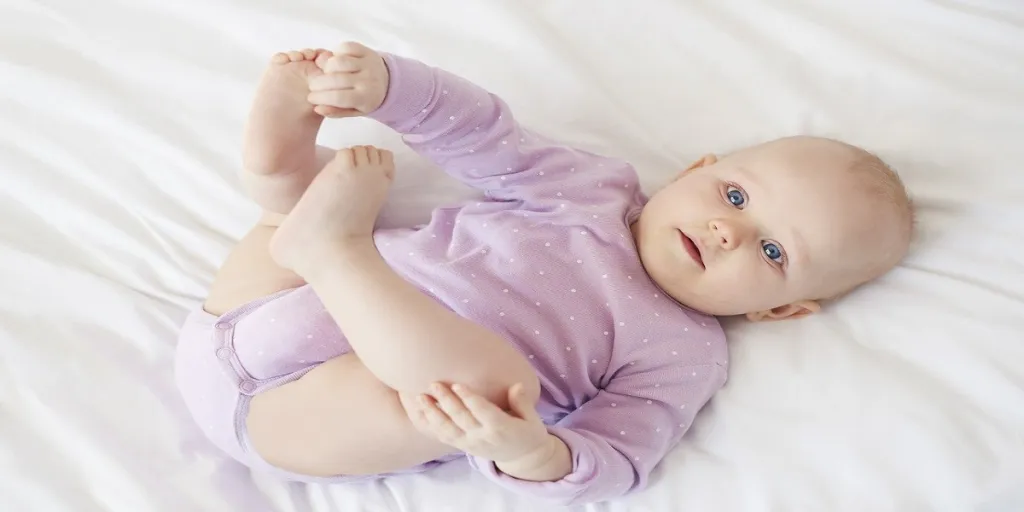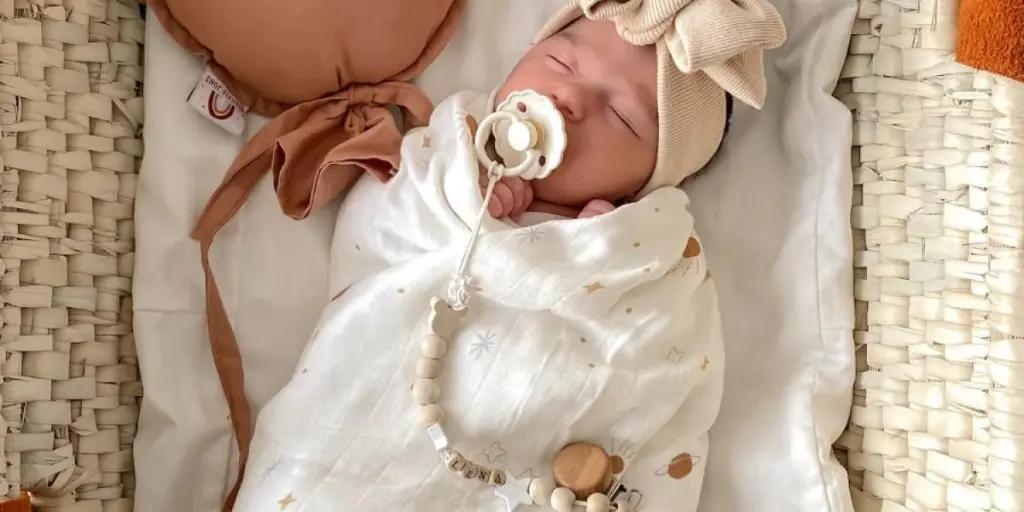A baby sleeping bag is a wearable blanket with armholes for a baby, which is more convenient than traditional sheets or blankets. A baby is a blessing that brings joy and happiness to every parent. They deserve the best, and a sleeping bag is one of the little comforts a baby should have.
Baby sleeping bags ensure that babies sleep at a perfect temperature through the night, which means no kicking blankets. According to Transparency Market Research, the global sleeping bags market is forecast to grow at a CAGR of 6.8% from 2023 to 2031, reaching a value of US$ 3.3 billion.
There are numerous types and designs of baby sleeping bags, which makes the selection process challenging. Read on to find out how to select suitable sleeping bags for your clients.
Table of Contents
Types of baby sleeping bags
7 factors to consider when selecting a baby sleeping bag
Final thoughts
Types of baby sleeping bags
Winter baby sleeping bags

Winter baby sleeping bags are essential, especially in the era of climate change and global warming, which makes winters more brutal. Most of the winter sleep bags are 3-TOG designed to ensure warm, comfortable, and safe sleep for the baby in even the coldest winter nights.
They are better compared to conventional sheets and blankets as they ensure constant temperature without worrying about the baby kicking off the sheets. A suitable winter sleeping bag should be heavily padded, making it ideal for nurseries and winters.
Summer sleeping bags
Summer baby sleeping bags ensure the baby stays cool and comfortable during warmer nights. Currently, summer nights are warmer than usual and a heavy sleeping bag would expose the baby to extreme heat.
Summer sleeping bags are 1-TOG or below to ensure maximum comfort for the babies. These bags are a popular choice for parents looking to make their little ones comfortable during the warm weather. They are breathable and lightweight to promote air circulation and prevent overheating.
Year-round sleeping bag
The majority of the all-year-round sleeping bags are 2-TOG and help the baby to maintain a constant temperature through the night.
They are designed to provide insulation and comfort against all weather conditions throughout the year. All-year-round sleeping bags were typically made of high-quality material with advanced insulation technologies designed to ensure breathability and warmth.
7 factors to consider when selecting a baby sleeping bag
Age and size
Choose a sleeping bag that is appropriate for a baby’s age and size. Manufacturers often provide guidance on the age range and weight recommendations for their sleeping bags. It is important to choose a size that allows a baby to move comfortably without being too loose or restrictive.
Babies grow at different sizes and milestones, so businesses should consider stocking different sizes to provide customers with variety. Some babies may not fit a six-month baby sleeping bag—the one-size-fits-all approach should not be utilized.
TOG rating
TOG (Thermal Overall Grade) rating indicates the warmth and insulation level of the sleeping bag. Lower TOG ratings are suitable for warmer temperatures, while higher TOG ratings provide more warmth for cooler environments. Consider the temperature of the environment where the baby will be sleeping and choose a suitable TOG rating.
Safety features
Ensure that you stock baby sleeping bags with the appropriate safety features. Countries across the world have standards for most of the baby products to protect babies from poor-quality products.
Stock sleeping bags with fitted neck and armholes to prevent the baby from slipping inside the bag. Additionally, check for well-designed zipper closures that protect the baby’s skin from getting caught or scratched.
Ease of use
Babies can be messy, so choose sleeping bags that are easy to clean. Look for machine-washable options with care instructions that are convenient for the lifestyle of most customers.
Easy-to-use baby sleeping bags are popular with parents who are busy and lack time for complicated products. Ensure you stock baby sleeping bags that are easy to wear, remove, and clean to capitalize on increasing demand.
Consider the season and temperature
Different sleeping bags are designed for different seasons. For warmer weather, look for lightweight and breathable sleeping bags with lower TOG ratings.
Take into account the room temperature where your baby will be sleeping. A room thermometer can help monitor the temperature and select an appropriate TOG-rated sleeping bag. Ideally, the room temperature should be between 68-72°F (20-22°C) for a comfortable sleep environment.
Zipper placement
Consider the placement of the zipper on the sleeping bag. A front or side zipper can make it easier to put on and take off the sleeping bag, especially when your baby is asleep.
Some sleeping bags also have a two-way zipper that allows for easy diaper changes without fully removing the bag. The zipper placement is a key consideration for many customers so ensure you stock baby sleeping bags with different zipper placement styles.
Weight and portability
For consumers who want to travel with their babies, consider the weight and portability of the sleeping bag. Stock baby sleeping bags that are lightweight and compact, making them easier to carry for consumers who travel frequently.
Whether for leisure or work, traveling with a baby can be a difficult experience, and hence a sleeping bag comes in handy. With the baby sleeping in a different environment away from home, discomfort is expected, so a sleeping bag is a necessity.
Final thoughts
Baby sleeping bags are quickly becoming a necessity due to weather changes and the need for comfort.
Businesses should consider stocking these different types of baby sleeping bags to capitalize on the expected increased demand.
The guide will help you choose the most suitable baby sleeping bags by highlighting the factors to be considered and the types of different baby sleeping bags available in the market. Visit Alibaba.com for quality baby sleeping bags.




